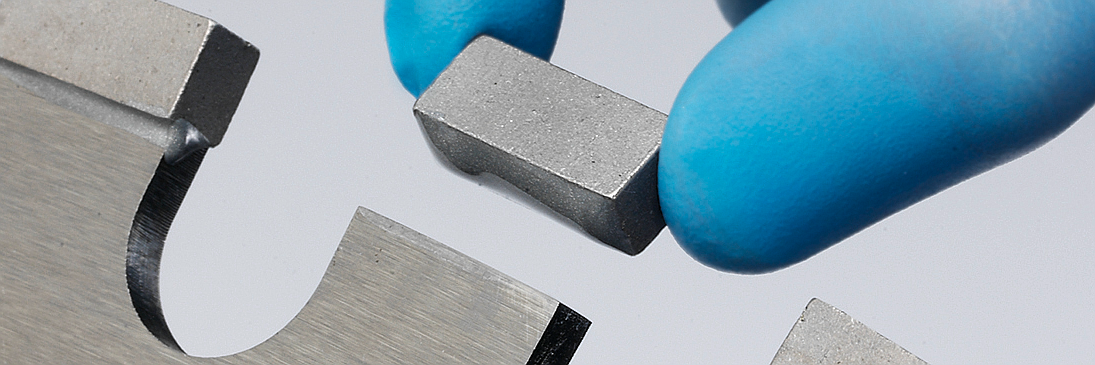Fundamental principles
The course starts by introducing fundamental aspects of adhesive bonding technology. Adhesive bonding is compared to other joining techniques. The integrity of bonded joints and the factors that influence the quality of a bonded joint are explained using the concepts of adhesion and cohesion. Participants acquire a fundamental understanding of the properties of adhesives.
Adhesives
In this section of the course the participants are familiarized with the most important types of adhesives used in industry and learn about the properties of those adhesives and their main uses. Emphasis is put on correct processing and on the curing conditions for different adhesive systems. Practical assignments consolidate these aspects.
Surface treatment
Customized surface treatment is vital if a bonded joint is to function correctly and have good long-term stability. The course introduces surface treatment techniques that are normally carried out by workers as a direct part of the bonding process. Practical assignments give participants experience applying these techniques to a variety of substrates. Particular emphasis is put on the use of primers and adhesion promoters.
Testing bonded joints
In the practical part of the course bonded joints are manufactured and are then tested using commonly used test procedures. Evaluation of the joint strengths and fracture patterns allows bonding defects and their effects to be recognized, so complementing the theoretical part of the course.
Manufacturing technology
The participants learn the principles of manual and machine-based production methods and learn to identify and avoid sources of errors.
Health and safety at work and environmental protection
Participants learn about the principles for recognizing potential dangers when working with adhesives and auxiliary materials used in bonding processes. The importance of using protective equipment and wearing protective clothing is highlighted.
